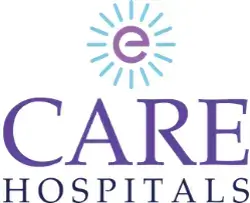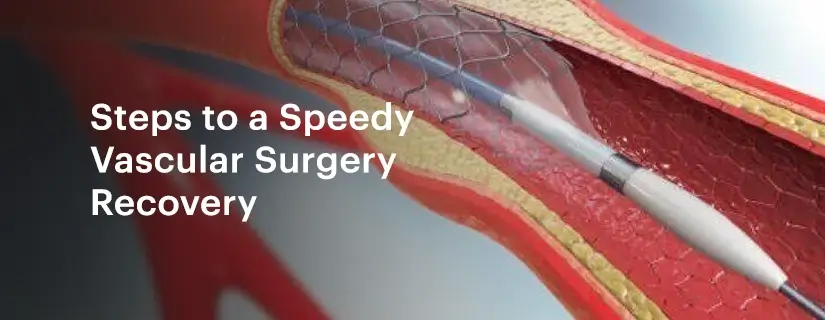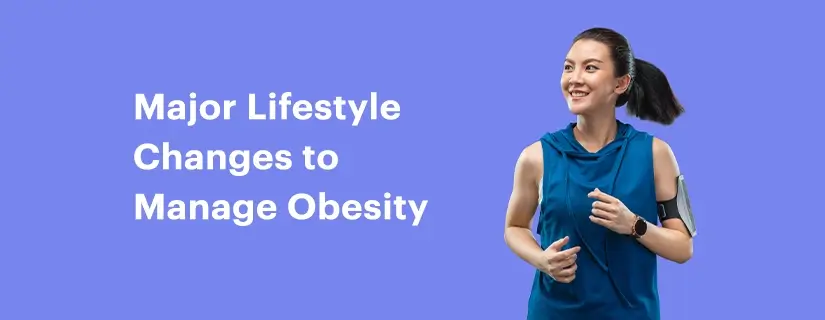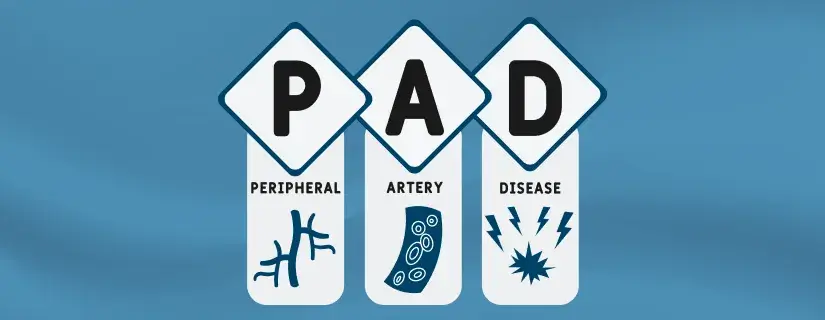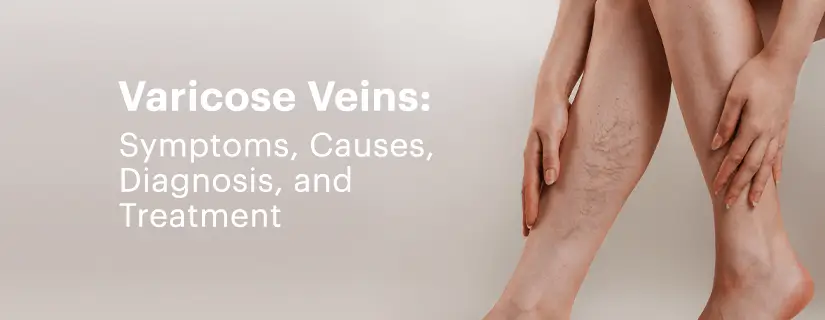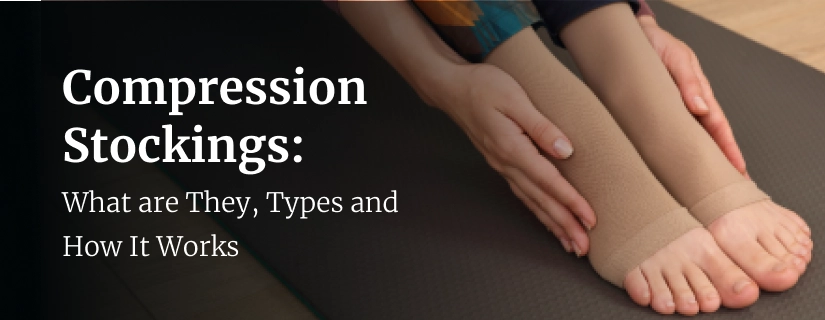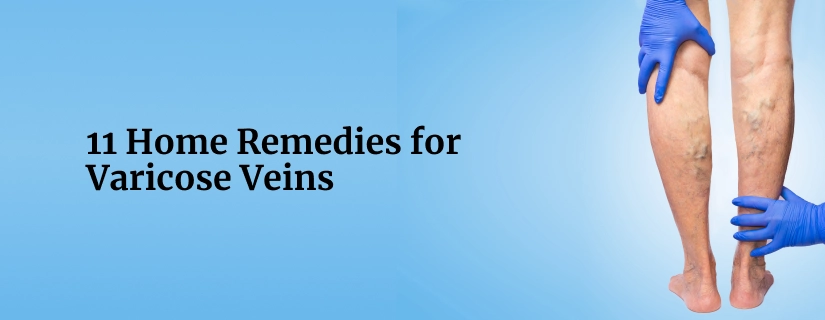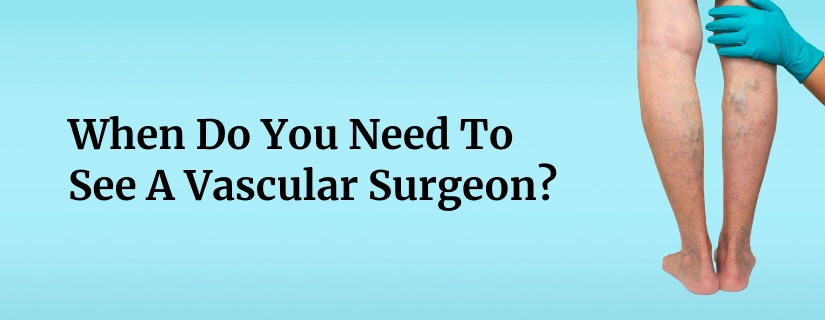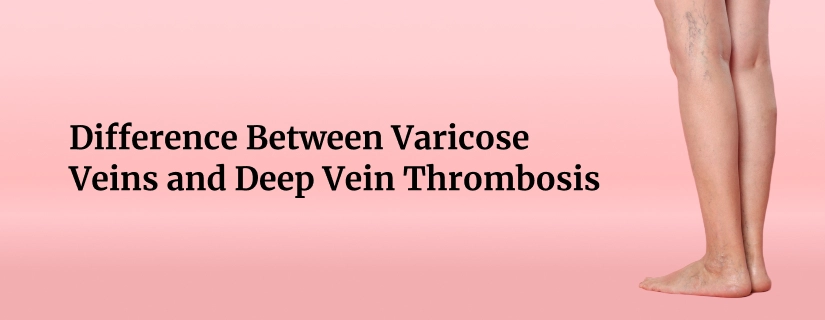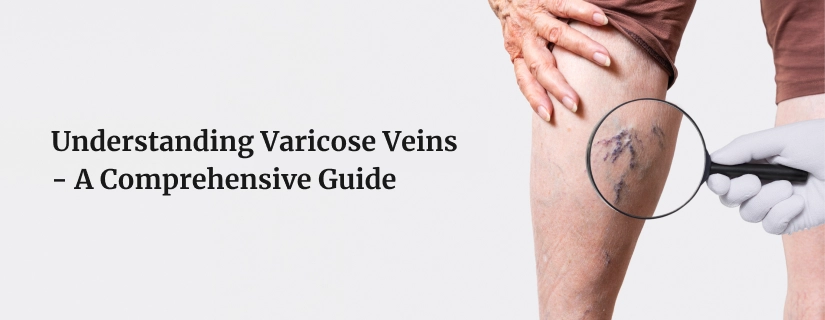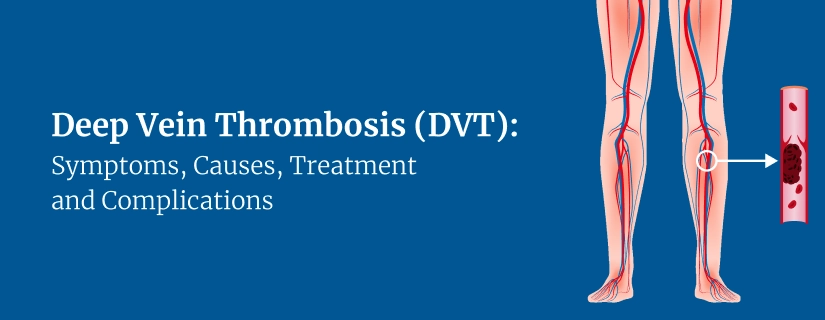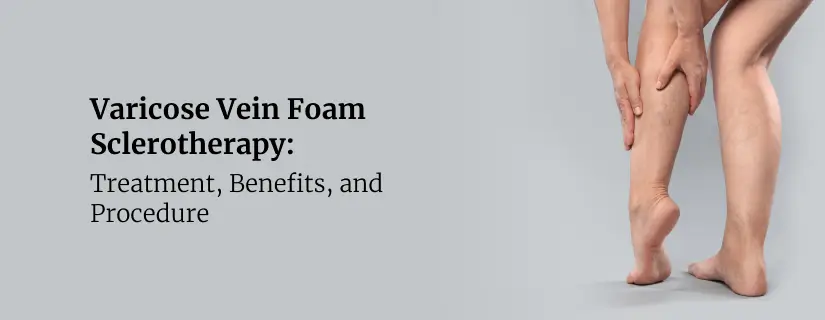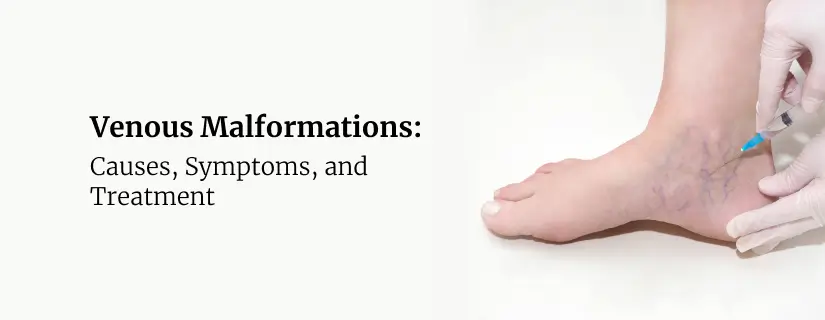-
Doctors
-
Specialities & Treatments
Centre of Excellence
Specialties
Treatments and Procedures
Hospitals & Directions HyderabadCARE Hospitals, Banjara Hills CARE Outpatient Centre, Banjara Hills CARE Hospitals, HITEC City CARE Hospitals, Nampally Gurunanak CARE Hospitals, Musheerabad CARE Hospitals Outpatient Centre, HITEC City CARE Hospitals, Malakpet
HyderabadCARE Hospitals, Banjara Hills CARE Outpatient Centre, Banjara Hills CARE Hospitals, HITEC City CARE Hospitals, Nampally Gurunanak CARE Hospitals, Musheerabad CARE Hospitals Outpatient Centre, HITEC City CARE Hospitals, Malakpet Raipur
Raipur
 Bhubaneswar
Bhubaneswar Visakhapatnam
Visakhapatnam
 Nagpur
Nagpur
 Indore
Indore
 Chh. Sambhajinagar
Chh. SambhajinagarClinics & Medical Centers
Book an AppointmentContact Us
Online Lab Reports
Book an Appointment
Consult Super-Specialist Doctors at CARE Hospitals
Varicose Vein Sclerotherapy: Treatment, Benefits, and Procedure
Updated on 30 April 2025
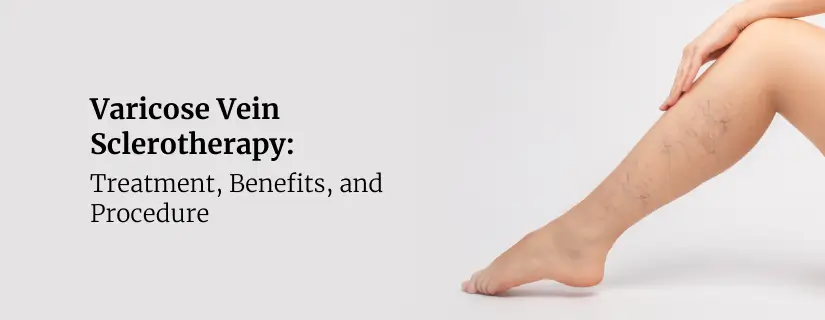
Table of Content
- What is Sclerotherapy?
- Who Needs to Have Sclerotherapy Treatment?
- When to Consider Sclerotherapy Procedure?
- Sclerotherapy Varicose Veins Treatment Procedure
- Pre-procedure Preparation of Sclerotherapy
- During the Procedure of Sclerotherapy
- Post-Procedure Care of Sclerotherapy
- Benefits of Sclerotherapy
- Sclerotherapy Side Effects
- Conclusion
- FAQs
Varicose Vein Sclerotherapy boasts an impressive success rate of over 90% in treating problematic veins. This time-tested procedure offers patients a non-surgical solution for both varicose and spider veins. In this procedure, doctors inject a special solution directly into the affected veins, resulting in them collapsing and fading over time.
What is Sclerotherapy?
Sclerotherapy for varicose veins stands as a medical procedure that addresses problematic veins through a specialised injection technique. The treatment's name originates from the Greek word "skleros," meaning "hard," which reflects its hardening effect on treated vessels.
Who Needs to Have Sclerotherapy Treatment?
Healthy adults of all ages seeking relief from vein-related discomfort make suitable candidates for sclerotherapy treatment. The procedure primarily helps those experiencing symptoms such as aching, swelling, burning, and nighttime cramping.
Before scheduling the treatment, patients meet with a vascular surgeon who evaluates their eligibility. The specialist examines the problematic veins and checks for more serious venous issues. Moreover, a thorough review of medical history, including previous surgeries, current health conditions, and medications, takes place during this consultation.
Notably, certain conditions prevent individuals from receiving sclerotherapy:
- Active blood clots
- Pregnancy (must wait three months after delivery)
- Breastfeeding mothers
- Bedridden patients
- Those with specific veins needed for future bypass procedures
When to Consider Sclerotherapy Procedure?
Physical discomfort signals the right time to consider sclerotherapy treatment. Patients experiencing aching, swelling, burning, or night-time cramping in their legs should schedule a consultation.
The presence of visible veins often prompts individuals to seek treatment. Spider veins, appearing in blue, purple, or red colours, commonly affect the legs, chest, and face. Several factors influence their development:
- Hereditary predisposition
- History of blood clots
- Use of birth control pills
- Occupations requiring prolonged standing
- Post-pregnancy changes
- Menopause
Sclerotherapy Varicose Veins Treatment Procedure
Successful sclerotherapy treatment requires careful attention to preparation, procedure steps, and aftercare guidelines. A thorough understanding of each phase helps patients achieve optimal results.
Pre-procedure Preparation of Sclerotherapy
Initially, patients undergo a physical examination where the doctor checks for blood vessel disease and reviews their complete medical history.
The healthcare team provides specific instructions:
- Stop taking aspirin, ibuprofen, and blood thinners 48 hours before treatment
- Avoid applying lotions on legs on treatment day
- Wear loose, comfortable clothing to the appointment
- Purchase compression stockings as prescribed
During the Procedure of Sclerotherapy
The actual procedure lasts approximately 30-45 minutes. Patients may expect:
- During treatment, patients lie on their backs with their legs slightly elevated.
- The doctor cleanses the treatment area before injecting the sclerosing solution.
- The doctor injects the sclerosing solution with a fine needle directly into the problematic vein.
- The chemical solution works by irritating the vein's lining, causing it to swell & stick together. Following the injection, the doctor applies pressure and may massage the treated area to spread the solution effectively.
Post-Procedure Care of Sclerotherapy
Accordingly, proper aftercare plays a vital role in treatment success. These may include:
- Patients must walk for at least 30 minutes daily during the first two weeks after the procedure.
- Wearing compression stockings for 3-7 days, depending on the size of treated veins
- Patients should avoid hot baths, saunas, and direct sunlight exposure for 48 hours after treatment for optimal healing.
- Patients should avoid strenuous physical activities for the first five days.
- Hard bumps might appear in the treated area after two weeks, which typically resolve over several months.
Benefits of Sclerotherapy
The non-surgical nature of sclerotherapy offers distinct advantages. The procedure takes merely 15-30 minutes, making it convenient for patients with busy schedules. Indeed, the treatment requires no anaesthesia, allowing patients to resume daily activities immediately afterwards.
Sclerotherapy primarily delivers two significant benefits:
- Medical Benefits: The treatment alleviates symptoms of venous insufficiency, including aching, swelling, and night-time discomfort. Ultrasound guidance ensures precise delivery of the sclerosing solution, even for veins deep beneath the skin.
- Cosmetic Improvements: Spider veins typically fade within three to six weeks, while larger varicose veins improve in three to four months. Overall satisfaction rates remain exceptionally high, with studies reporting that most patients were pleased with their treatment outcomes.
Sclerotherapy Side Effects
Most patients experience minor sensitivity at the injection site. These include bruising, raised red areas, and small skin sores. Occasionally, brown lines or spots appear, which fade within three to six months; however, in about 5% of cases, these marks become permanent.
Serious complications, although rare, require immediate medical attention:
- Blood clots (occurring in less than 1% of cases)
- Inflammation within five inches of the groin
- Formation of small ulcers at injection sites
- Visual disturbances (rare)
- Headaches (ranging from 0% to 23% of cases)
- Allergic reactions to the sclerosing solution
- Tissue necrosis
- Deep vein thrombosis
- Local nerve damage (rare)
Conclusion
Sclerotherapy stands as a proven solution for those struggling with varicose and spider veins. The procedure's 90% technical success rate and decades-long track record certainly make it a reliable choice for vein treatment. Although minor side effects might occur, they typically resolve within weeks, making it a safe option for most healthy adults.
The treatment offers both medical and cosmetic benefits. Patients experience relief from physical discomfort while seeing visible improvements in their vein appearance. The non-surgical nature of sclerotherapy means quick recovery times, allowing patients to resume their daily activities almost immediately.
FAQs
1. What is the recovery time?
Recovery from sclerotherapy happens quickly. Most patients return to their normal activities on the same day. Walking is recommended immediately after treatment, as it helps prevent blood clots. Still, patients should avoid strenuous activities for two weeks.
2. Is laser treatment better than sclerotherapy?
Sclerotherapy offers few advantages over laser treatment. Primarily, it does not require any anesthesia, it is cheaper and it can be used for short tortuous segments of vein where laser is not possible.
3. Is sclerotherapy good for varicose veins?
Sclerotherapy shows remarkable effectiveness for varicose veins. Clinical studies demonstrate success rates between 75-90%. The procedure works especially well for smaller varicose veins, with 50-80% of injected veins responding to each treatment session.
4. What are the disadvantages of sclerotherapy?
The main drawbacks include:
- Temporary skin discolouration lasting 3-6 months
- Possible formation of tiny blood vessels in treated areas
- Need for multiple sessions in some cases
- Lumpy or hard veins for several months post-treatment
5. Is sclerotherapy painful?
Most patients experience minimal discomfort during sclerotherapy. The procedure typically involves a slight pinch from the needle. Some individuals might feel mild cramping or burning immediately after injection, but these sensations usually subside quickly.
6. Who cannot have sclerotherapy?
Absolute contraindications include active blood clots, pregnancy, and severe infections. Unlike other treatments, sclerotherapy remains unsuitable for those with specific sclerosant allergies or advanced collagen vascular diseases.
7. Who is not a good candidate for sclerotherapy?
Bedridden patients and those with severe blood clotting disorders are not good candidates for sclerotherapy. Similarly, individuals whose veins might be needed for future bypass procedures should avoid this treatment. Pregnant women must wait at least three months after delivery before considering sclerotherapy.
ENQUIRY FORM
SELECT CATEGORIES
-
Neurosciences (16)
-
Neurology (38)
-
Neurosurgery (14)
-
Orthopaedics (48)
-
Oncology (33)
-
Obstetrics and gynecology (52)
-
Pulmonology (23)
-
Urology (20)
-
Nephrology (13)
-
Psychiatry (7)
-
Dietetics and Nutrition (111)
-
General Medicine (63)
-
Cardiac Sciences (32)
-
Vascular & Endovascular Surgery and Interventional Radiology (15)
-
Gastroenterology (46)
-
Endocrinology (23)
-
Plastic Surgery (10)
-
Critical Care Medicine (5)
-
COVID-19 (16)
-
Dermatology (16)
-
Emergency Care (1)
-
Ophthalmology (4)
-
Pediatrics (14)
-
Laparoscopic and Bariatric Surgery (8)
-
ENT (15)
-
Kidney Transplant (1)
-
Liver Transplantation and Hepatobiliary Surgery (5)
-
General Surgery (3)
-
Internal Medicine (5)
-
Medicine Information
Varicose Vein Endovenous Laser Ablation: Procedure, Benefits, Risks
Radiofrequency (RF) Ablation Treatment for Varicose Veins: Know More
YOU MAY ALSO LIKE
RECENT BLOGS
-
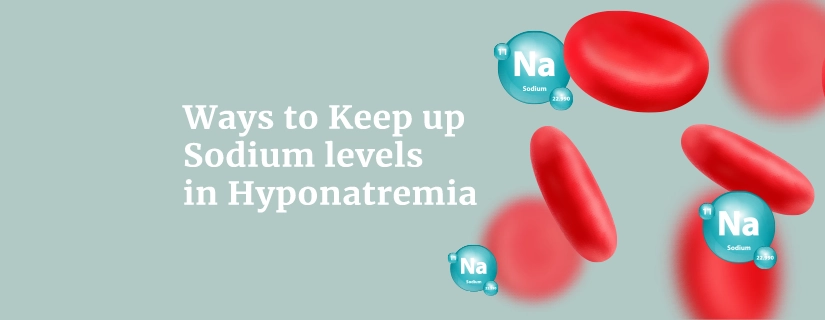
Ways to Keep up Sodium levels in Hyponatremia
11 December 2025
Read More
-

12 Health Benefits of Apple Cider Vinegar
1 December 2025
Read More
-
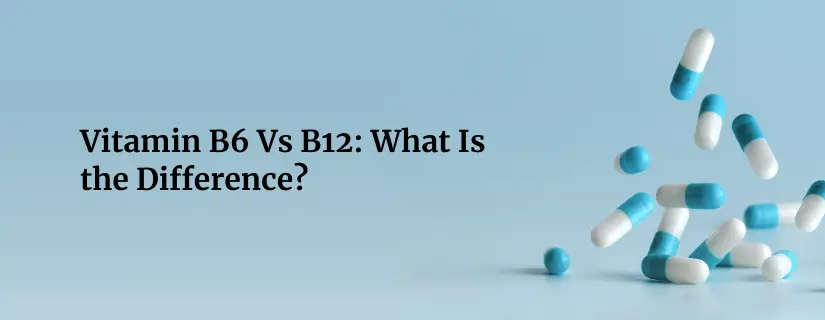
Vitamin B6 Vs B12: What Is the Difference?
1 December 2025
Read More
-
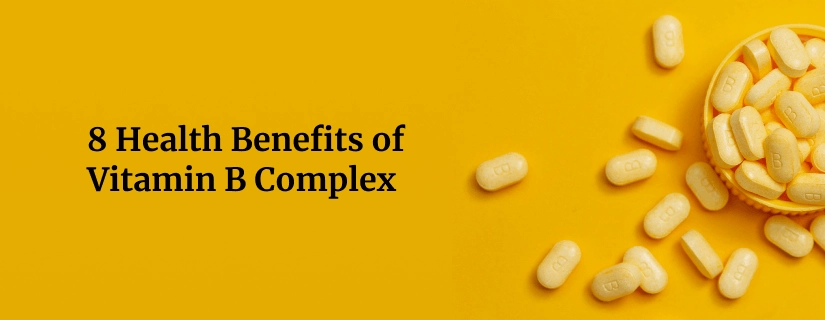
8 Health Benefits of Vitamin B Complex
1 December 2025
Read More
-

15 Home Remedies for Stomach Pain
1 December 2025
Read More
-
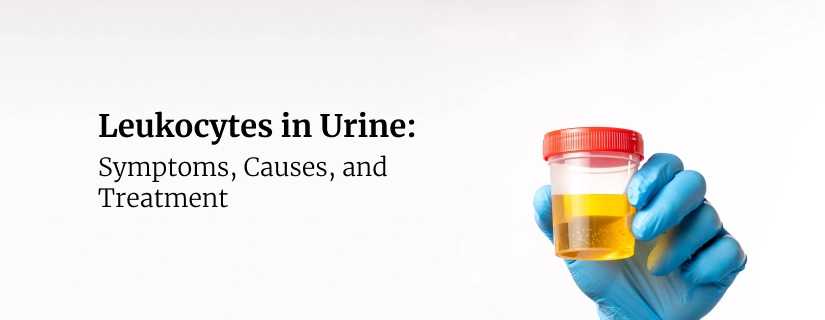
Leukocytes in Urine: Symptoms, Causes, and Treatment
1 December 2025
Read More
-
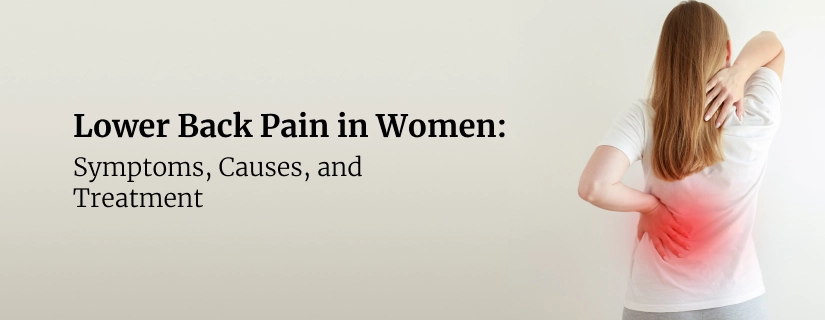
Lower Back Pain in Women: Causes, Symptoms, Treatment and More
1 December 2025
Read More
-
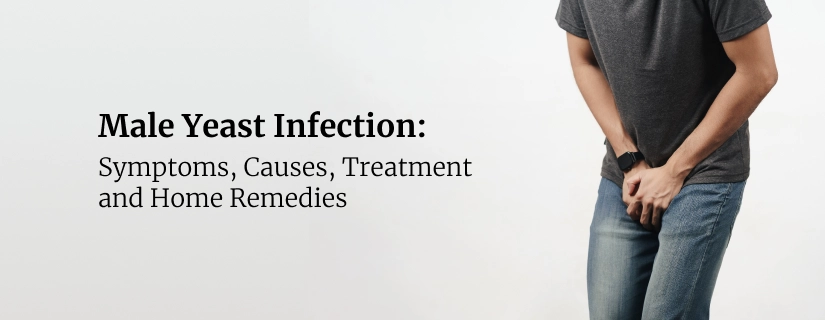
Male Yeast Infection: Symptoms, Causes, Treatment and Home Remedies
1 December 2025
Read More
Have a Question?
If you cannot find answers to your queries, please fill out the enquiry form or call the number below. We will contact you shortly.
